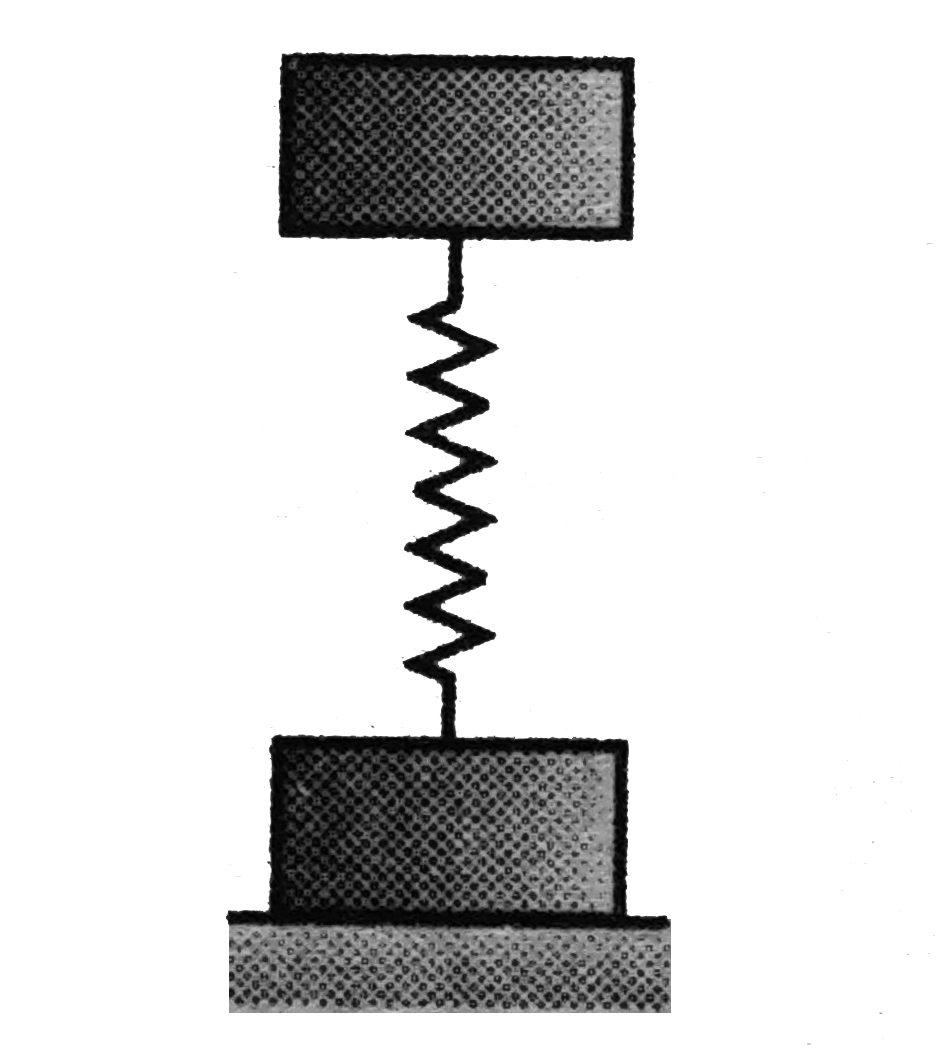A
B
C
D
Text Solution
Verified by Experts
The correct Answer is:
|
Topper's Solved these Questions
WORK, POWER & ENERGY
CENGAGE PHYSICS ENGLISH|Exercise Multiple Correct|25 VideosView PlaylistWORK, POWER & ENERGY
CENGAGE PHYSICS ENGLISH|Exercise Linked Comprehension|55 VideosView PlaylistWORK, POWER & ENERGY
CENGAGE PHYSICS ENGLISH|Exercise Subjective|23 VideosView PlaylistVECTORS
CENGAGE PHYSICS ENGLISH|Exercise Exercise Multiple Correct|5 VideosView Playlist
CENGAGE PHYSICS ENGLISH-WORK, POWER & ENERGY-Single Correct
- A particle of mass m moves along a circular path of radius r with a ce...
02:19
|
Play - A chain of length l and mass m lies of the surface of a smooth hemisph...
05:37
|
Play - Two discs, each having mass m, are attached rigidly to the ends of a v...
05:13
|
Playing Now - Two ends A and B of a smooth chain of mass m and length l are situated...
07:12
|
Play - A block m is kept stationary on the surface of an accelerating cage as...
02:47
|
Play - A man places a chain (of mass m and length l) on a table slowly. Initi...
01:46
|
Play - The potential energy of a particle of mass m is given by U=(1)/(2)kx^(...
01:47
|
Play - The blocks A and B shown in figure have masses MA=5kg and MB=4kg. The ...
03:23
|
Play - A collar B of mass 2kg is constrained to move along horizontal smooth ...
04:53
|
Play - A block attached to a spring, pulled by a constant horizontal force, i...
01:23
|
Play - A particle is projected along a horizontal field whose coefficient of ...
03:54
|
Play - Two identical blocks A and B are placed on two inclined planes as show...
05:40
|
Play - A block of mass m is being pulled up a rough incline by an agent deliv...
04:06
|
Play - The given plot shows the variation of U, the potential energy of inter...
02:36
|
Play - One end of an unstretched vertical spring is attached to the ceiling a...
05:51
|
Play - The potential energy function associated with the force vecF=4xyhati+2...
02:15
|
Play - The potential energy for a force filed vecF is given by U(x,y)=cos(x+y...
01:54
|
Play - A particle is projected with a velocity u making an angle theta with t...
02:59
|
Play - A block of mass m is attached with a massless spring of force constant...
04:21
|
Play - In the above question, the average power delivered by gravity is
02:07
|
Play

